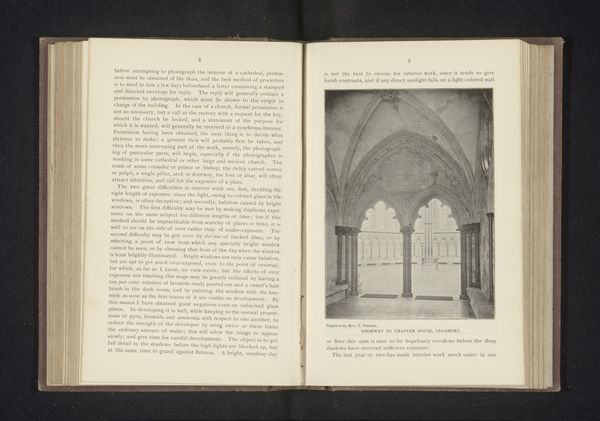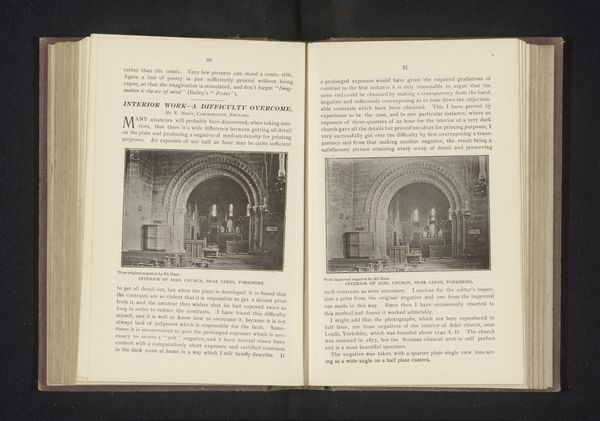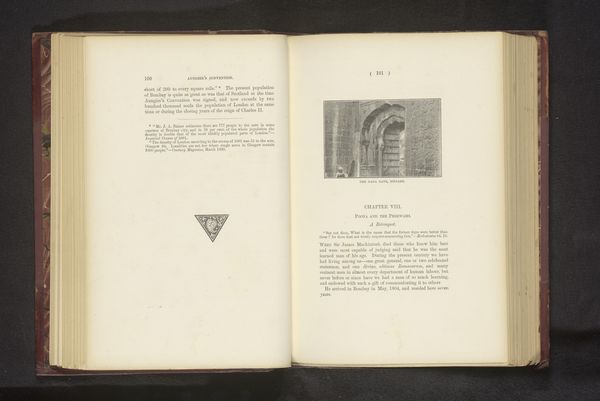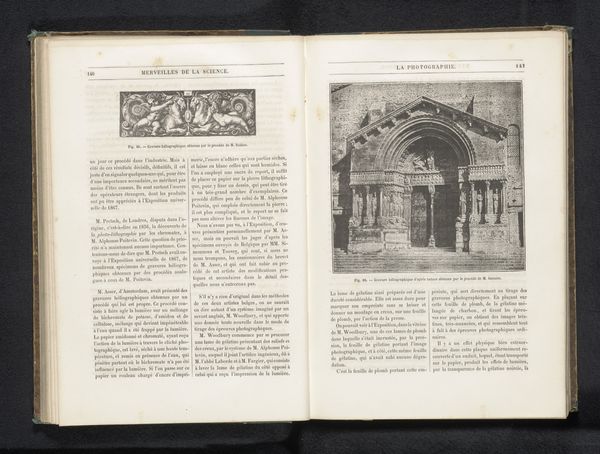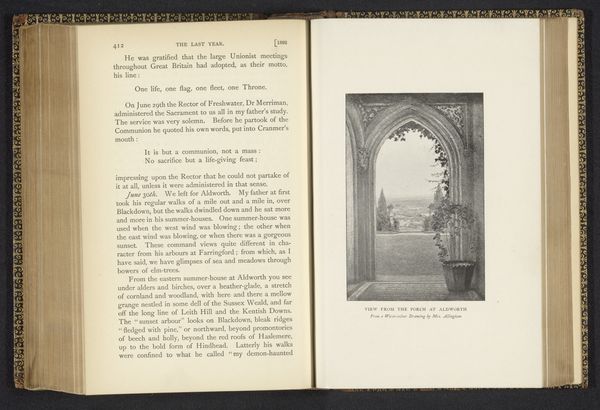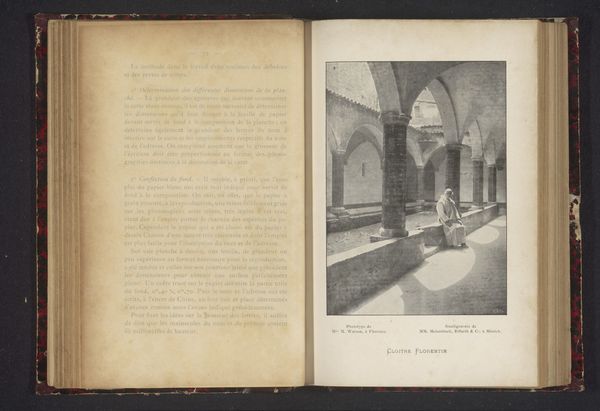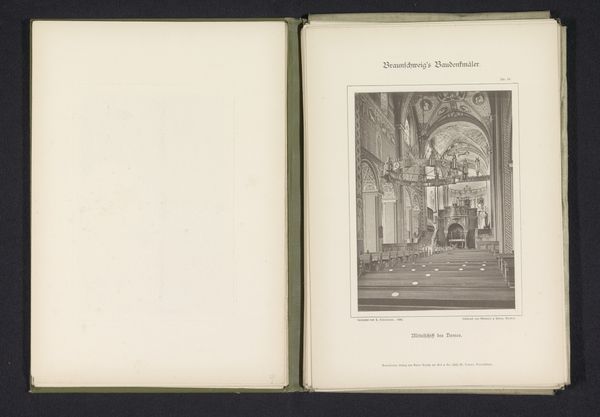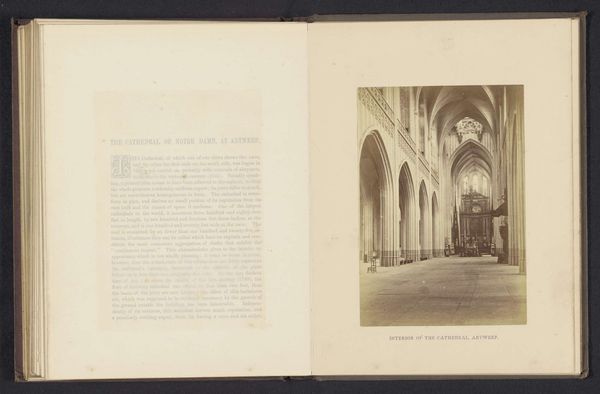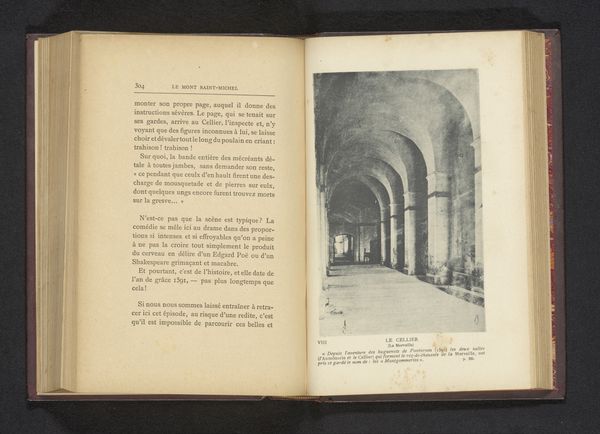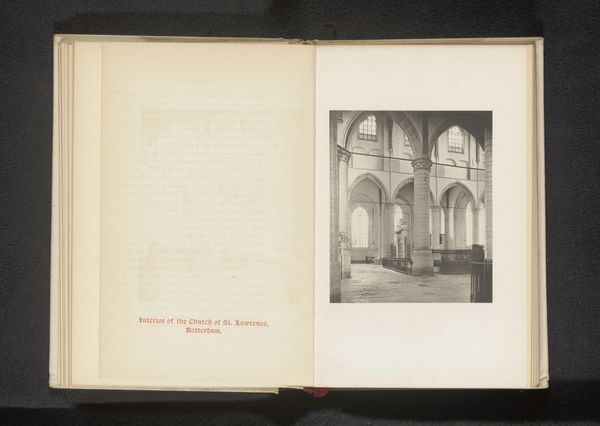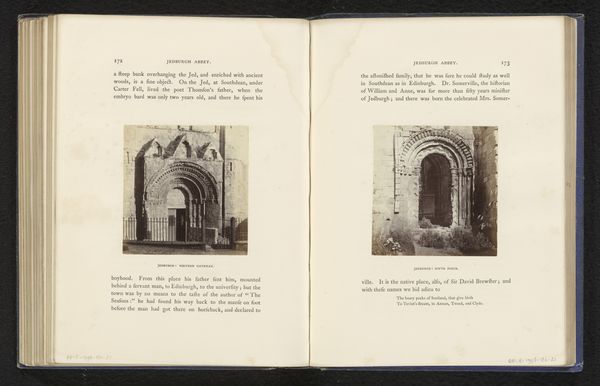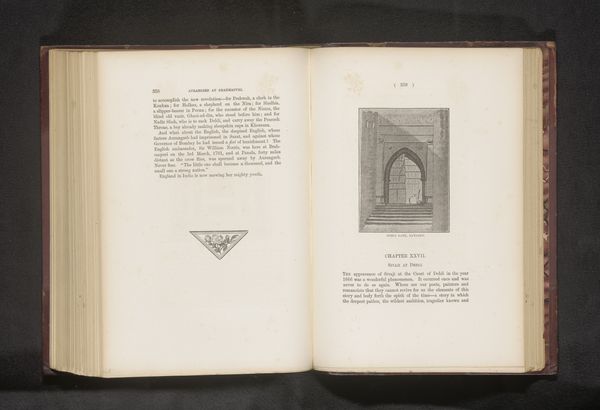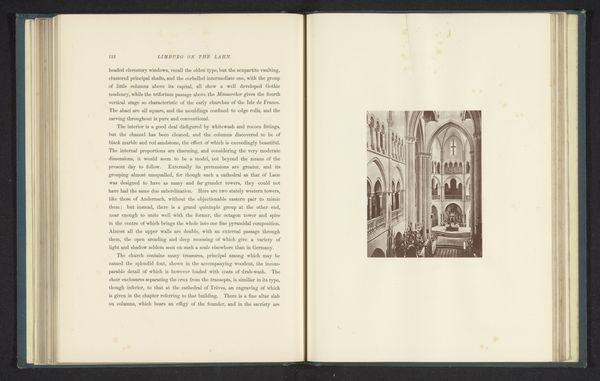
Vrouw voor een portaal van de Cathédrale Saint-Trophime te Arles before 1905
0:00
0:00
charlesnegre
Rijksmuseum
print, photography, gelatin-silver-print
# print
#
landscape
#
photography
#
orientalism
#
gelatin-silver-print
#
academic-art
Dimensions: height 171 mm, width 114 mm
Copyright: Rijks Museum: Open Domain
Editor: Here we have Charles Nègre's "Woman Before a Portal of the Cathedral Saint-Trophime in Arles," likely taken before 1905. It's a gelatin silver print currently held at the Rijksmuseum. It's incredibly striking how small the figure appears in relation to the imposing architecture. What stands out to you most in this image? Curator: What intrigues me is the artist's choice to position a lone woman against this backdrop of monumental architecture. Think about it: what does it signify to place a single female figure—presumably a local—before this towering symbol of religious and civic power? Editor: I suppose it shows the scale of the building, but is there more to it than that? Curator: The positioning makes her an anonymous representative, doesn’t it? She’s not a specific individual but an everywoman, framed, perhaps even dwarfed, by patriarchal structures, in this case the church. The photograph, read through a feminist lens, raises important questions about power, representation, and the often-unacknowledged contributions of women to the social fabric of Arles. Editor: I didn't see it that way initially, but it is an interesting approach to interpreting it. Curator: It encourages us to move beyond a purely aesthetic appreciation of the photograph. To think about the socio-political dynamics present. This work isn’t just about documenting a building; it subtly interrogates the power dynamics of its time. What do you make of the contrast of light and shadow? Does it reinforce this interpretation at all? Editor: It casts part of her in shadow, adding to this sense of being overpowered by the cathedral. It feels very thought-provoking! Curator: Exactly. This work becomes less about surface appearance and more about probing at a particular moment in social history.
Comments
No comments
Be the first to comment and join the conversation on the ultimate creative platform.
